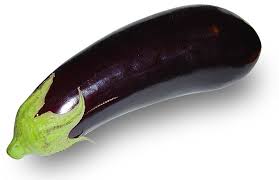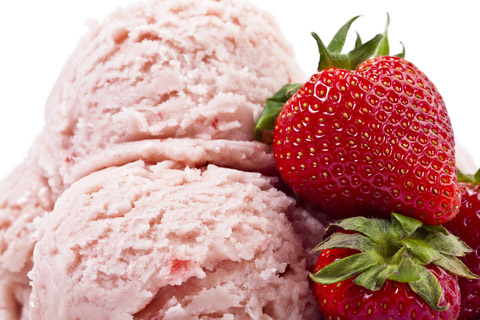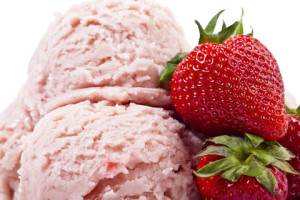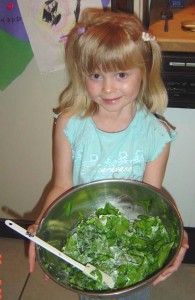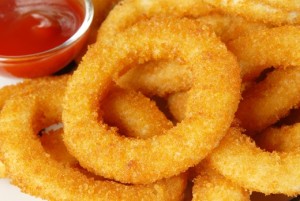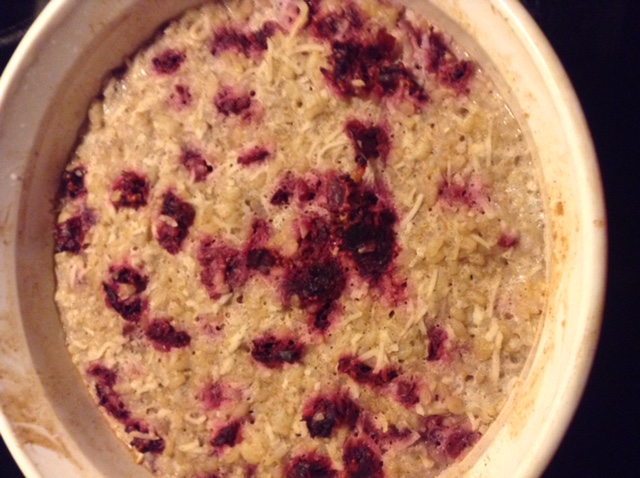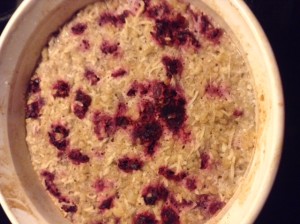 Over the years I’ve developed certain health habits that ensure I usually feel my best. It’s a challenge to stay disciplined, easy to falter.
Over the years I’ve developed certain health habits that ensure I usually feel my best. It’s a challenge to stay disciplined, easy to falter.
Recently, I experienced the natural consequences of lightening up on my regimen.
It all began with a trip to Guatemala this summer. I accompanied an 83 year old teacher as she presented at schools and conventions throughout the country.
Many wonderful people hosted us in their homes. I resolved to be gracious and eat what was put before me, like my mother taught me.
I ended up eating more corn, dairy and sugar than I usually do. In fact, I came home with a full-blown sugar addiction.
How do I know ?
I found myself yearning for ice-cream cones, and indulging those cravings! I usually don’t eat ice-cream!
I couldn’t say no to chocolate. My friends know I love it and they love to accommodate me but all that sugar-laden milk chocolate hurt me.
I gained ten pounds.
My energy is down.
I’ve had two colds since I got home.
So I’m back to my vigilance. The last few days as I nurse my second cold in two months, I veered from sugar. Oh I thought about that box of home-made chocolates in my cupboard but I’ll save those for sharing with company.
While “I didn’t eat that much” sugar, I was woken up by how little it took for me to develop a taste for it.
Lots of people tell me they “don’t eat that much sugar” but when we talk about what they’re eating it’s far more than they think.
Some researchers claim we North Americans eat our weight or more in sugar each year! Knowing how pervasive it is in our food supply, I’m not surprised.
What I learned is a little sugar leads to a lot.
If I had to do it over, I would still be polite and eat the food I was served with gratitude. Maybe smaller portions. And employ vigilance and discipline when I get home.
How do you stay on course with your healthy lifestyle?
Shelley Goldbeck, DTM is a Thinker, Writer, Speaker, and Serial Entrepreneur with a passion for eating healthy food. Shelley grows her own food and avoids processed food when she can.

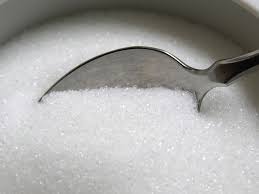

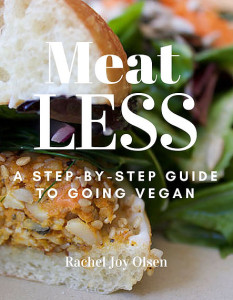 Eating less meat is a great way to improve your health and reduce your grocery bills.
Eating less meat is a great way to improve your health and reduce your grocery bills.